By Naoko Takeuchi | Published by Kodansha Comics | Squee
 There are few things in this world that can literally make me do “the dance of squee,” but the arrival of the first volumes of Codename: Sailor V and Pretty Guardian Sailor Moon at my house definitely did the trick. My husband can bear witness.
There are few things in this world that can literally make me do “the dance of squee,” but the arrival of the first volumes of Codename: Sailor V and Pretty Guardian Sailor Moon at my house definitely did the trick. My husband can bear witness.
I’ve read Codename: Sailor V before (back in 2003), but that was with the Japanese edition in hand and a text translation on the computer screen, doing my best with my limited Japanese skills to put words and images together. But now it’s out in English, and translated by the venerable William Flanagan, to boot! I feel like I got a lot more out of this time, but whether that’s due to increased comprehension or a change in personal perspective, I can’t really say.
First, a bit of publication history. After completing her first series, The Cherry Project, Naoko Takeuchi and her editor decided that her next series would feature a magical girl in a sailor suit who fights for love and justice. The result was Codename: Sailor V, which premiered in the magazine Run-Run in July 1991. An anime was soon planned, but instead of starring only Sailor V, it would feature a five-person team, with the focus on a new character named Sailor Moon.
The Pretty Guardian Sailor Moon manga debuted in 1992, with the anime premiering shortly thereafter. Chapters of Codename: Sailor V continued to be released periodically, and actually wrapped up a couple of months after the Sailor Moon series. In this way, it functions both as a prequel and as a companion series to the more famous work.
Now to the story itself! Minako Aino is thirteen years old and in her first year of middle school. She’s got some… quirks—she is described at one point as a “binge-eating, nap-taking, below-average student” who “likes standing out in a crowd”—but also thinks fast on her feet and has acute physical reflexes. After observing her for a while, a mysterious white cat introduces himself as Artemis and tells her she has been chosen by the planet Venus. “You were born to fight to protect the world of incandescent heat. And you have a mission. A duty that no one but you can fulfill.” This whole sequence reminds me a lot of a young Buffy, similar in temperament and ability, hearing similar words from her first Watcher.
Minako promptly faints, and when she wakes she thinks the conversation was just a dream. When she spots her crush brainwashing a girl into becoming his slave, however, the “boss” speaks to her through a magical pen (really) and tells her that he is her enemy and that she must defeat him and save everyone. (She’s also got a crescent-shaped compact that can be used as a weapon and for creating disguises.) Her first transformation into Sailor V is accompanied by the following narration:
I feel liberated! I’m overflowing with power!! I’m struck with the urge to act!
And there, in a nutshell, is why this magical girl franchise appeals to feminists like me. It’s not about a girl in a sailor suit looking cute to attract boys or being validated by them. It’s about a girl choosing to become strong herself, to achieve her full potential, and to contribute to the welfare of the planet by actively engaging “the enemy.” If you’re tired of passive heroines—got those Black Bird blues?—then you really do need to read these books.
Further adventures pit Sailor V against a series of idols represented by the Dark Agency, whose modus operandi is to stage concerts and suck out the energy of their fans, who then become their slaves. The Agency president is a woman named Fluorite and she reports to an unseen guy named Danburite, and so far they seem content to try to take over the world by repeating the same tactics over and over, though they do eventually change things up a little near the end. These episodic stories do dull the impact of Sailor V’s mission slightly, but her introductions to her foes are always fun. Here’s my favorite:
Using idols to brainwash both men and women, young and old… Now that’s just greedy! Those are horrendous business practices and the Japanese Tax Office will not stand for it!
I am sometimes a GI Fighting Girl, and sometimes a Debuting Idol Beauty… But my true form is…—Moon Power: Transform!—Codename: Sailor V!! Champion of Justice!! The Pretty Guardian in a Sailor Suit! Sailor Venus… has arrived!
Takeuchi’s art is lovely, if somewhat busy. (Sometimes I wonder if she has a phobia of white space, because a lot of screentone is used to fill those areas. My favorite is the one that inexplicably mixes stamps and penguins.) I’m particularly fond of the chapter title pages, because Sailor V looks especially cool and mature in those. The English translation reads well, too, so it’s really too bad that the rest of the text has so many minor errors. For the most part, these consist of misattributed dialogue or sound effects being placed in the wrong spot. Though annoying, they don’t hamper one’s enjoyment much. The reference to Science Ninja Team Gotchaman (sic) in the end notes did elicit a cry of dismay from me, though.
So, yes. It is truly wonderful to have Codename: Sailor V available in English. Perhaps it won’t appeal to everyone as much as it does to me, but it’s got more depth that one might expect, and is definitely worth checking out.
Codename: Sailor V is published in English by Kodansha Comics. They’ve licensed the tenth anniversary edition, which condensed the original three volumes into two.
Review copy provided by the publisher.







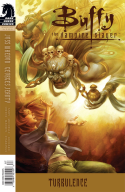
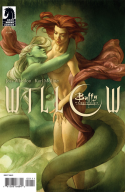
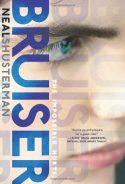

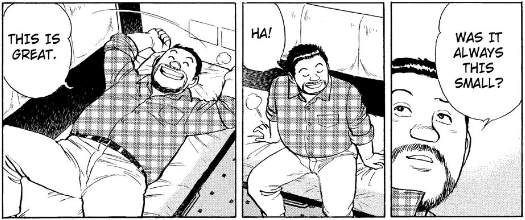
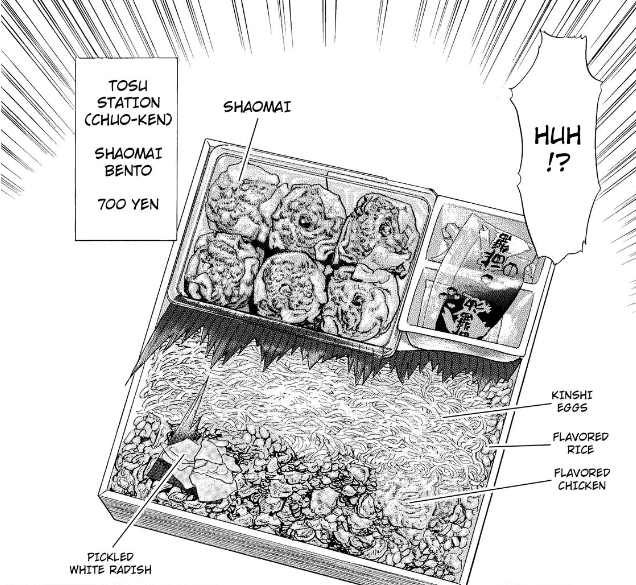
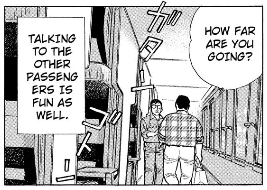

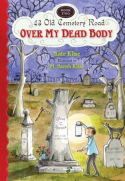
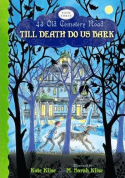


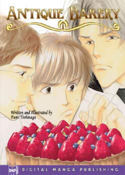



Recent Comments